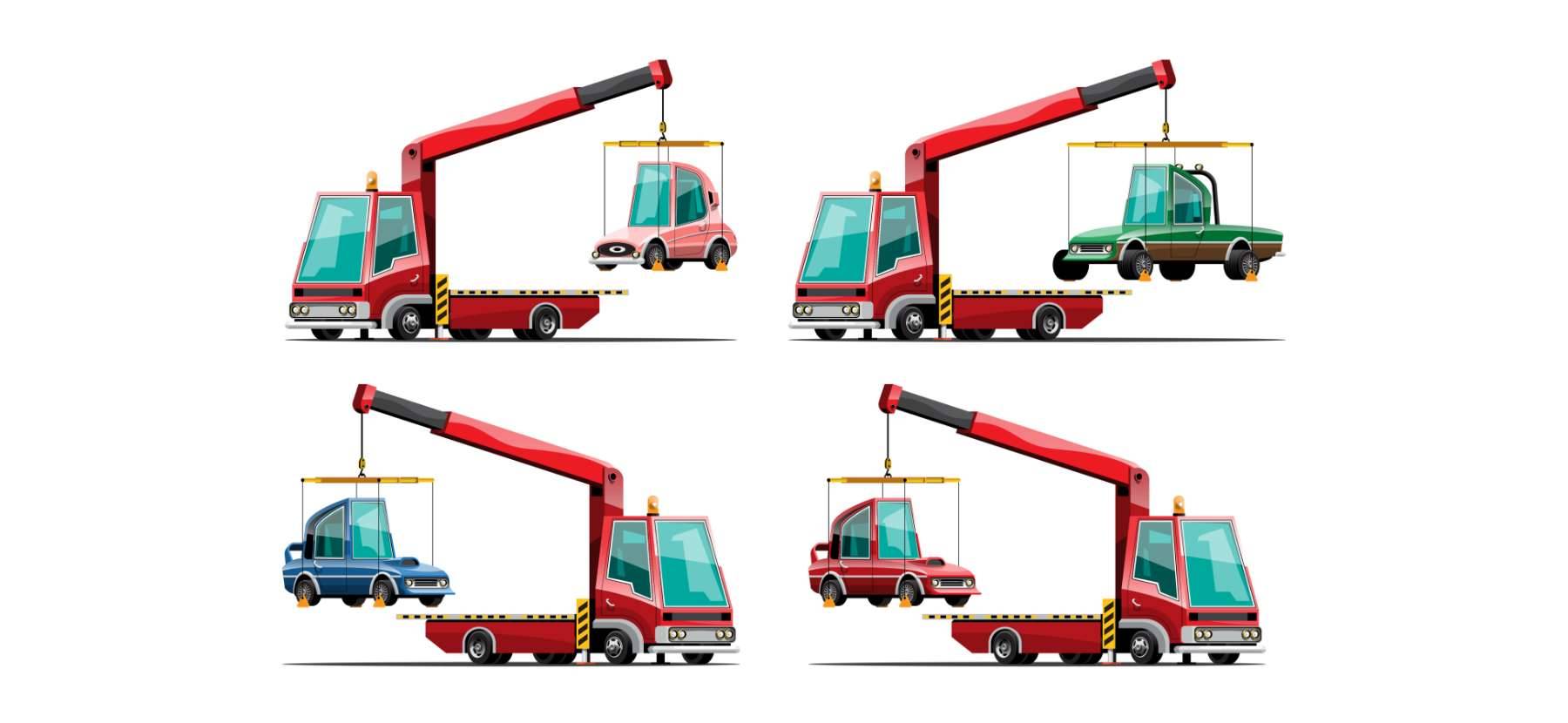Electrical vs. Hydraulic Scissor Lifts: A Complete Buyer’s Guide
Choosing between an electrical scissor lift and a hydraulic scissor lift? Compare benefits, costs, and safety standards with Man Lift USA.

When it comes to aerial work platforms, choosing between an electrical scissor lift and a hydraulic scissor lift can feel challenging. Both are designed to raise workers safely to elevated areas, but their performance, ideal applications, and benefits differ significantly. The right choice can increase productivity, reduce costs, and ensure compliance with safety standards.
At Man Lift USA, we’ve seen how important it is for contractors and facility managers to understand these differences before making a decision. Let’s explore each option in detail.
What Is an Electrical Scissor Lift?
An electrical scissor lift is powered by rechargeable batteries, making it one of the cleanest and quietest solutions for working at height. These machines are built for indoor environments where noise and emissions need to be kept to a minimum, such as warehouses, airports, malls, or event venues.
Their compact design allows them to fit through narrow aisles and standard doorways, while their zero-emission operation makes them OSHA- and ANSI-friendly in sensitive environments. They’re also easier to maintain, with fewer moving parts compared to hydraulic systems, which means lower long-term operating costs.
Key Benefits of Electrical Scissor Lifts
Quiet operation: Perfect for spaces where noise control is essential.
Environmentally friendly: Battery-powered, with no emissions.
Compact size: Excellent maneuverability in confined spaces.
Low maintenance: Fewer mechanical components mean fewer breakdowns.
If your project involves indoor tasks like electrical installations, inventory management, or routine facility maintenance, an electrical model is often the best fit.
What Is a Hydraulic Scissor Lift?
A hydraulic scissor lift uses fluid-driven cylinders to power its platform. These lifts are built for strength and durability, making them the go-to choice for outdoor or heavy-duty construction projects.
Hydraulic models excel in environments where the equipment must lift heavier loads, endure long working hours, and operate on rough terrain. They often include stabilizers and rugged tires to keep the platform steady, even when the ground is uneven.
Advantages of Hydraulic Scissor Lifts
High lifting capacity: Can handle heavier tools and multiple workers.
Durability: Designed for tough construction environments.
Stability on rough terrain: Excellent for bridge construction or large-scale industrial sites.
Consistent performance outdoors: Works well even in extreme temperatures.
Hydraulic lifts are the workhorses of the industry, ideal for demanding jobs where strength and stability outweigh the need for quiet or emission-free performance.
Electrical vs. Hydraulic Scissor Lifts: How to Decide
Think of the decision this way:
If your project is indoors, requires quiet, clean operation, and involves light to moderate lifting, then an electrical scissor lift is your best bet.
If you’re working outdoors, need high lifting capacities, and require stability on uneven terrain, then a hydraulic scissor lift is the smarter choice.
Budget can also influence your decision. While hydraulic lifts are often more powerful, electrical lifts usually offer lower long-term costs thanks to their reduced maintenance and energy efficiency.